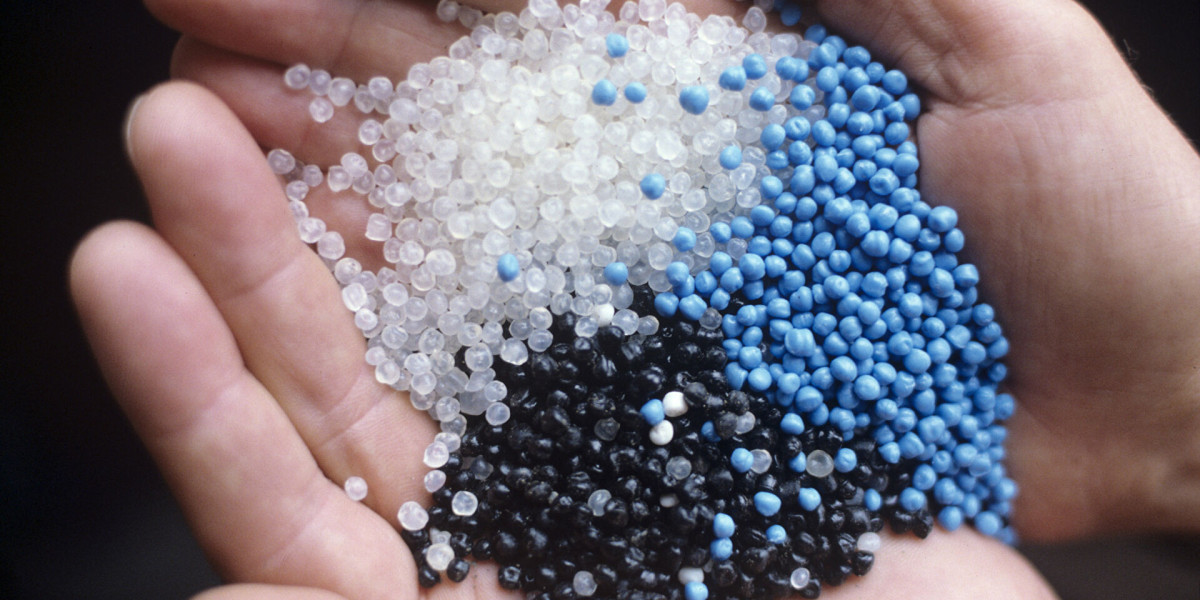From the silky feel of a premium shampoo to the softness of freshly laundered clothes, a hidden class of ingredients is hard at work: conditioning polymers. These sophisticated macromolecules are the unsung heroes of countless consumer and industrial products, designed to deposit beneficial properties onto surfaces like hair, skin, and textiles. The global conditioning polymers market is experiencing significant growth, driven by evolving consumer demands, technological innovation, and a relentless pursuit of superior product performance.
What are Conditioning Polymers?
Conditioning polymers are long-chain molecules engineered to modify the surface properties of a substrate. Their primary function is to adsorb onto a surface—be it a hair shaft, a skin cell, or a cotton fiber—and form a protective, functional film. This film imparts a range of desirable attributes, including:
Softness and Smoothness: Reducing friction and combing force.
Manageability and Detangling: Improving the texture and ease of styling for hair.
Moisturization: Delivering and retaining hydration on skin and hair.
Static Control: Preventing flyaways in hair and cling in fabrics.
Volume and Body: Providing lift and structure without weighing down.
These polymers are categorized based on the charge they carry: cationic (positive charge), anionic (negative charge), non-ionic (no charge), and amphoteric (both charges). Cationic polymers, such as Polyquaternium-7, -10, and -11, dominate the personal care segment due to their strong affinity for the negatively charged surfaces of hair and skin.
Key Market Drivers and Growth Factors
Several interconnected factors are propelling the conditioning polymers market forward:
Booming Personal Care and Cosmetics Industry: The insatiable consumer demand for high-performance hair care (anti-frizz, heat protection, color retention) and skincare (long-lasting moisturization, smooth feel) products is the primary engine of growth. The rise of "multifunctional" products that combine cleansing and conditioning also increases polymer usage.
Consumer Preference for Premium Products: As consumers become more ingredient-savvy, they seek out products that offer a superior sensory experience—the "feel" of luxury. Conditioning polymers are central to delivering that premium texture and performance, justifying higher price points.
Innovation in Fabric and Home Care: Beyond personal care, the fabric softener and detergent industry is a major consumer. Here, polymers are crucial for providing softness, reducing wrinkles, and offering fragrance longevity on textiles.
Technological Advancements: Manufacturers are continuously developing new polymer chemistries. This includes creating polymers that are more efficient at lower concentrations, compatible with a wider range of formulations, and offer additional benefits like UV protection or enhanced color vibrancy.
The Dominant Trend: The Shift Towards Sustainability
Perhaps the most powerful trend reshaping the market is the demand for green and sustainable ingredients. Eco-conscious consumers are scrutinizing product labels, pushing brands to reformulate. This has led to:
Bio-based and Natural Derivatives: Development of conditioning polymers derived from natural sources like cellulose, starch, and plant-based guar gum. These offer a renewable alternative to synthetic, petroleum-based polymers.
Biodegradability: A major focus is on creating polymers that break down easily in the environment, addressing concerns about water pollution and microplastics. Regulations in various regions are increasingly favoring biodegradable ingredients.
Multifunctionality: Formulators seek polymers that provide conditioning along with other benefits (e.g., thickening, emulsification), allowing for simpler, more concentrated formulas with a lower overall environmental footprint.
Challenges and Restraints
Despite robust growth, the market faces hurdles. Stringent regulatory landscapes, particularly in North America and Europe (REACH, FDA), require extensive safety testing and documentation for new polymer ingredients, which can slow innovation and increase costs. Furthermore, volatility in the prices of raw materials used to synthesize these polymers can impact profit margins for manufacturers. Finally, consumer skepticism towards "synthetic" chemicals, even when safe and effective, pushes brands to navigate the complex balance between performance and a "clean" label.
Competitive Landscape and Regional Outlook
The conditioning polymers market is fragmented and highly competitive, featuring a mix of large multinational chemical giants (e.g., BASF SE, Dow Chemical Company, Ashland Global Holdings) and specialized smaller players. Competition is based on product innovation, technical service, price, and the ability to provide sustainable solutions.
Regionally, Asia-Pacific is the fastest-growing market, fueled by a rising middle class, increasing disposable income, and a massive personal care industry in countries like China, India, and Japan. North America and Europe remain significant revenue generators due to their well-established, innovation-driven cosmetic and detergent industries.
The Future is Conditioned for Growth
The future of the conditioning polymers market is bright and dynamic. Growth will be sustained by the ever-expanding personal care industry and the constant need for enhanced product performance. Innovation will increasingly be channeled towards creating smarter, more sustainable polymers that are powerful, environmentally responsible, and derived from renewable resources. As the lines between science, sensory appeal, and sustainability continue to blur, conditioning polymers will remain indispensable tools for creating the next generation of high-performing consumer products.



